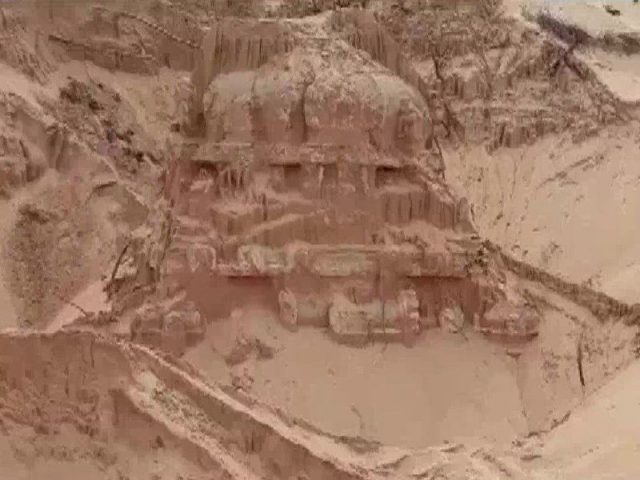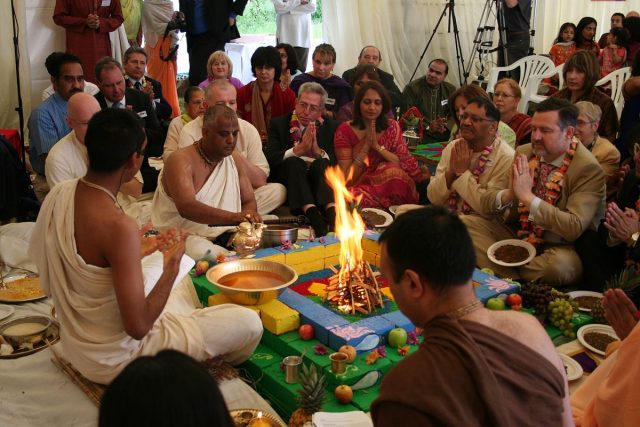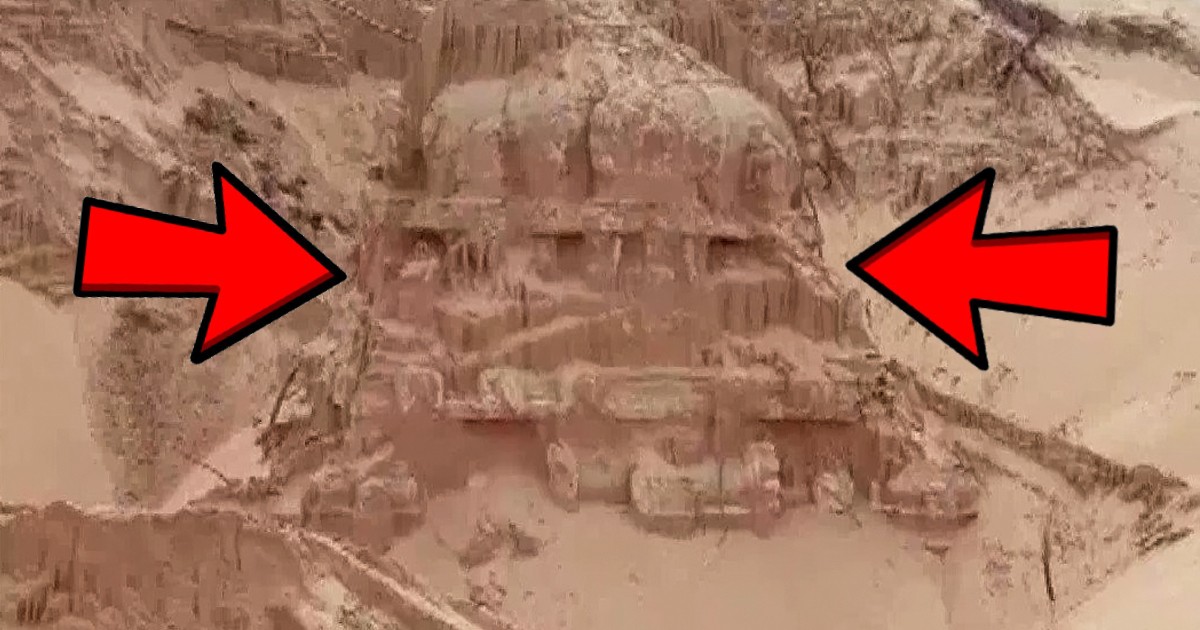A centuries-old Hindu temple has been uncovered in India from the depths of the sand. India is home to many treasured historical sites, perhaps the most famous being the Taj Mahal, located in Agra, a spectacular complex with gardens and a mausoleum completed in 1648 A.D. This site alone draws millions of visitors a year, all of whom are struck by the spectacular architecture and incredible structures that comprise one of the world’s new seven wonders.
But there are many other treasured sites too, less famous, perhaps, but cherished by those who live nearby and historians and archaeologists right around the globe. According to a report out of Asia News International one of those lesser well known sites was recently uncovered, a 200 year old Hindu temple in the eastern state of Andhra Pradesh on the Penna River. The temple, which once belonged to Lord Nageswara, was buried in sand at the river’s edge when flooding began years ago, but was finally uncovered when a group of local villagers, miners by trade, banded together to dig it out.
The folks in Chejarla Mandal knew of the temple, particularly those whose memories stretch back several decades. But it wasn’t until recently that a local man decided to gather donations for the project and get efforts underway. Now, a portion of the temple is easily seen on the river bank, but much of it remains buried in a sort of hillside. Preparations are now being made to rebuild it, in consultation with religious leaders, government officials and archaeologists.

Although many of the young people who did the digging on the site had hoped to continue, experts were concerned that, without a proper plan and careful excavation, the temple could be damaged by over-enthusiastic if well meaning people. A local told the New Indian Express recently, “…some enthusiastic youngsters dug up the temple. We have plans to rebuild the temple to perform puja.” Puja is a religious ceremony practised by Hindus each morning.


The hindu temple found in India was buried after profound flooding gripped the area, beginning in 1850, and the river changed its course. Gradually, it was completely covered by sand dunes. State archaeologist Ramasubba Reddy told the media that the government intends to implement a formal strategy for uncovering what it can, and rebuilding the rest. He said that folks are already flocking to the site, some to simply visit but others to worship.
Reddy, in his interview with Indian media, said that soon officials will visit the site to discuss and develop plans on precisely how to approach and conduct the excavation, in a way that will preserve as much of the temple as possible. They will also decide whether new sections can be added to the existing structure, in a way that won’t be jeopardized by the river’s flow.
India has the world’s largest percentage of practicing Hindus — almost 80 percent of its citizens identify as such. The second largest faith group in India is Islam, and of course there are other religions as well, virtually everything from Christianity to Buddhism. But the health measures in place mean that, for now at least, crews won’t be heading to the area to begin the project anytime soon.
Related Article: Drought in Thailand Reveals Amazing Lost Buddhist Temple
But this discovery shows that occasionally, during these hard times, there are glimmers of good news and optimistic events, and the uncovering of this temple is a great example of that. The people of India now get to marvel at this centuries-old uncovered building that they’d heard of but never seen, and now it will eventually become another part of Hindu life in the region. Small examples of grace like that are occurring all over the world — we just have to take note of them
